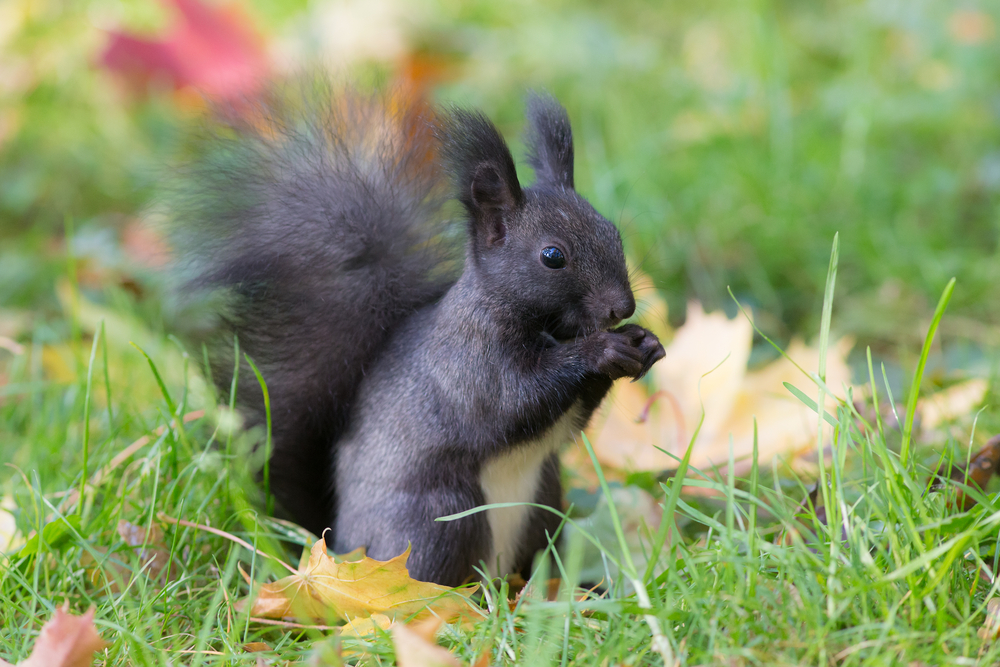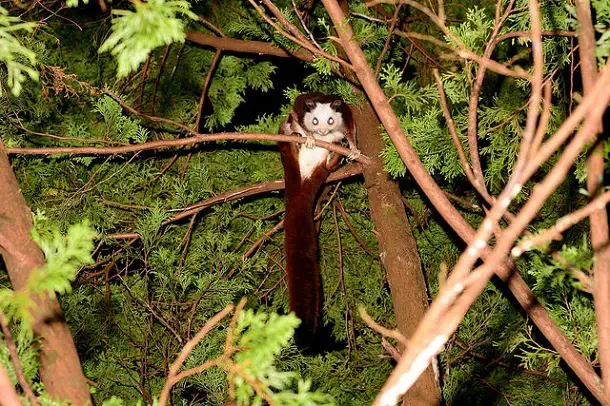

Learn About Organic Squirrel Repellents that can Temporarily Stave Off an Infestation

(Notice: The School for Champions may earn commissions from book purchases) Squirrels - UC-Davis Wiki - Comment on squirrels losing tails as defense mechansimĬan A Squirrel Lose Its Tail?. Science News - Squirrel Uses IR to Escape from RattlesnakeĬalifornia Ground Squirrel Control - Information from University of California-Davis If a California ground squirrel is attacked by a rattlesnake, it may fight back using the unique mechanism of heating up its tail. When attacked, a squirrel will use a defense mechanism to avoid a fight. Squirrels have numerous predators, including weasels, snakes and humans. The behavior seems only intended for defense against rattlesnakes. Interestingly enough, the squirrel's tail does not increase its temperature when attacked by other predators, such as a gopher snake. Scientists aren't sure what reason is, but in either case, the rattler will turn and slither away. The hot flailing tail gives off a signal that either confuses the snake or simulates the signal from another threatening animal. Rattlesnakes distinguish their prey by sensing infrared (IR) radiation emitted by body heat. This breed of squirrel's tail actually heats up during battle. But it most interesting is a natural defensive mechanism useful only against animals such as a rattlesnake. It may even attack the snake, trying to bite it. The squirrel will face the snake, flail its tail and kick up sand to show it is ready to defend itself. But if it is ambushed by the snake, it behavior changes to an aggressive fight to save its life. If a California ground squirrel comes into proximity with a threatening rattlesnake, it will quickly run away.

This behavior is quite low in risk for the squirrel, while providing it with necessary information about the snake. Sometimes the squirrel will engage in sand-kicking to provoke the snake into rattling to get more information about the size and danger of the predator.

In fact, the squirrel is able to assess the level of danger the rattlesnake represents from its sounds. In other words, they are capable of discriminating rattling sounds from other other sounds. SoundsĪ California ground squirrel will utilize sounds from its major predator, the rattlesnake, as a defense mechanism. This defense mechanism is also seen in lizards. When caught by a predator, the tail will actually break off, allowing the squirrel a chance to escape. TailĪ squirrel will flick its tail from side to side to distract a predator. Squirrels have the ability to turn their feet one hundred and eighty degrees, which allows it to quickly scurry up the nearest tree to escape. The flying squirrels were most active on nights of poor visibility, as an anti-predator defense mechanism. Southern flying squirrels can be found in southeastern Canada, the eastern United States, and Mexico. The squirrel will also quickly move to the opposite side of the trunk, so the predator does not knew it has moved up to a different location. The coloring of the squirrel serves as a camouflage, especially when on the trunk of a tree. Squirrels have a variety of defense mechanisms and behaviors to ward off threats. In the city, squirrels may be attacked by cats and dogs. Also large birds such as hawks, falcons, eagles, and owls are notorious for swooping down and carrying off squirrels. Squirrels have many predators including large snakes, weasels, coyotes, the red foxes, and raccoons.


 0 kommentar(er)
0 kommentar(er)
